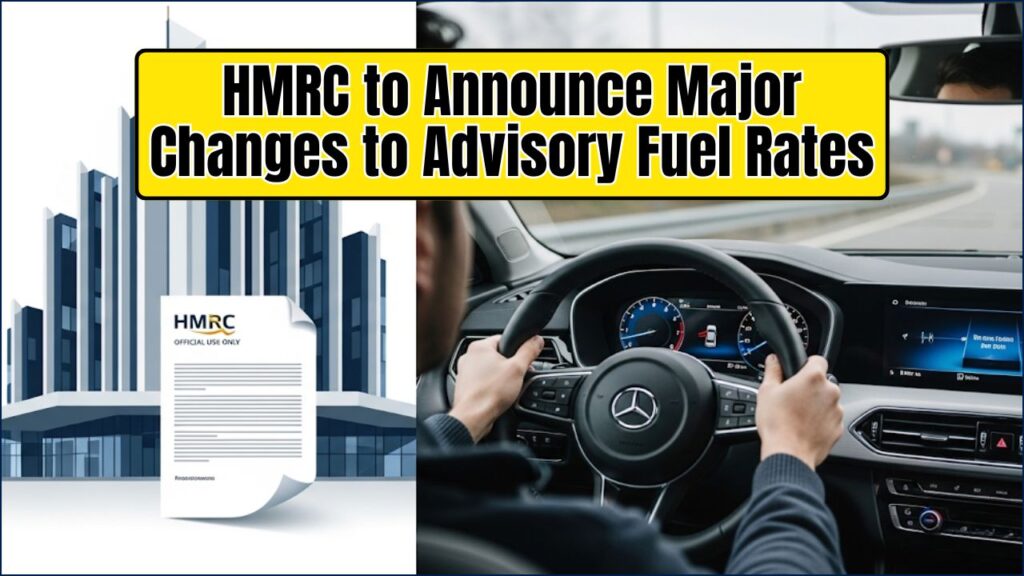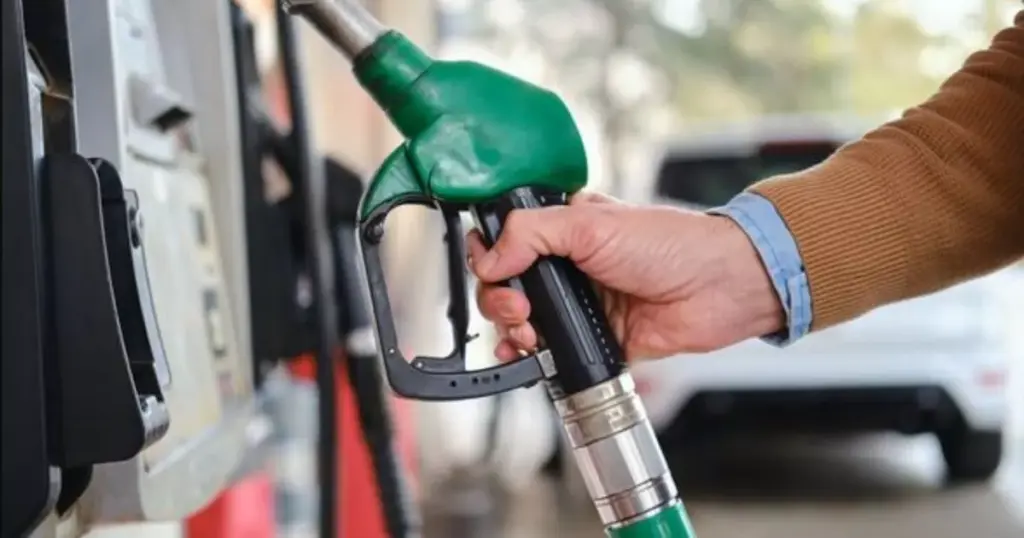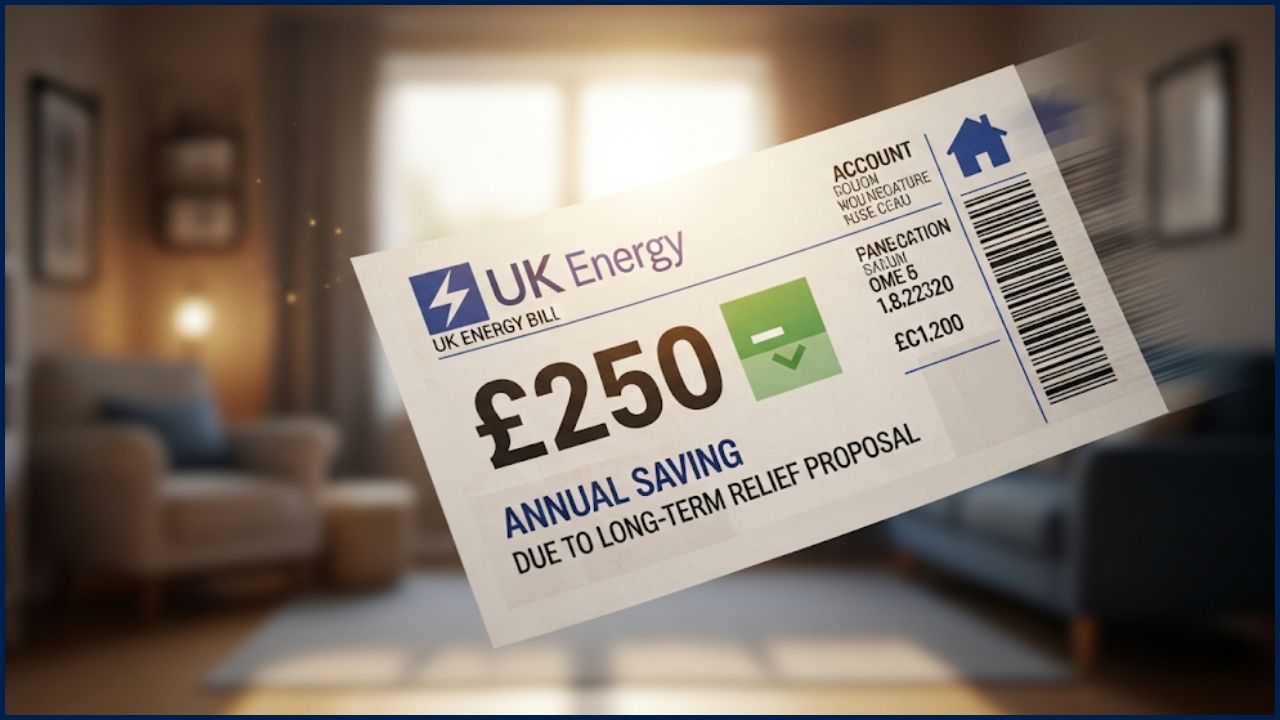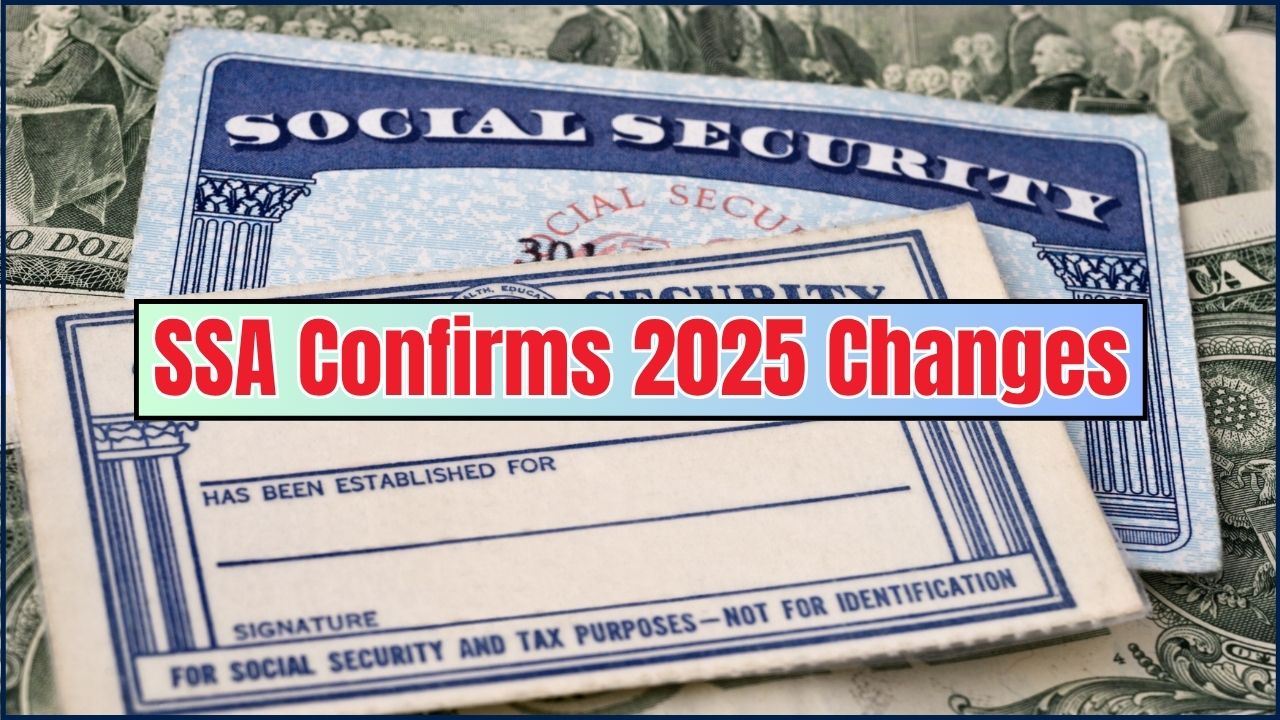If you drive a company car or manage a fleet, HMRC’s Advisory Fuel Rates (AFRs) might sound like some boring tax table — but in reality, they decide exactly how much you can claim back per mile without ending up in hot water with the taxman. And as of June 1, 2025, there are fresh changes rolling out. Some rates are dropping, a few are staying put, and that means your mileage reimbursements might not stretch quite as far this summer.

For folks in the U.S., think of AFRs like the IRS standard mileage rate, but tailored for UK company cars. Claim too much without proof and you could owe tax. Claim too little and you’re giving away your own money. Whether you’re the one behind the wheel or the one signing the checks, this matters to your bottom line.
HMRC to Announce Major Changes to Advisory Fuel Rates
| Change / Info | Details |
|---|---|
| Effective Date | June 1, 2025 – valid until Sept 1, 2025 |
| Petrol | 1,401–2,000cc drops from 15p to 14p; over 2,000cc drops from 23p to 22p |
| Diesel | Up to 1,600cc drops from 12p to 11p; others unchanged |
| Electric | Remains at 7p/mile |
| Use Old Rates | Allowed until June 30, 2025 |
| Why It Matters | Impacts tax-free mileage reimbursements for company cars |
| Review Frequency | Quarterly — Mar, Jun, Sep, Dec |
The June 2025 AFR update is small but meaningful. Petrol and diesel drivers in certain engine sizes will see a 1p drop, while electric and LPG remain unchanged. For drivers, it’s about maximizing efficiency and keeping solid records. For employers, it’s about compliance and communication. The next review is set for September 1, 2025, so keep an eye out.
What Are Advisory Fuel Rates (AFRs)?
In plain terms, AFRs are HMRC’s per-mile rates for reimbursing fuel costs in company cars when used for business. If you stick to these rates or below, the reimbursement is tax-free and National Insurance-free.
Example:
- 100 miles × 14p = £14 tax-free reimbursement
- If you get paid 20p/mile, that extra 6p is taxable unless you can prove it reflects your actual fuel cost.
Why it matters: misunderstand AFRs and you could underpay staff or land yourself a tax bill.
A Quick History of AFRs
AFRs started in the early 2000s as HMRC’s way to standardize mileage claims for company cars. Before that, businesses made up their own numbers, which often led to disputes and audits. Now, the system is reviewed quarterly to reflect actual pump prices — much like how the AAA Gas Price Index in the U.S. tracks national averages.
June 2025 AFR Changes — New vs Old Rates
| Fuel Type | Engine Size | Mar 2025 Rate | June 2025 Rate | Change |
|---|---|---|---|---|
| Petrol | Up to 1,400cc | 12p | 12p | No change |
| Petrol | 1,401–2,000cc | 15p | 14p | –1p |
| Petrol | Over 2,000cc | 23p | 22p | –1p |
| Diesel | Up to 1,600cc | 12p | 11p | –1p |
| Diesel | 1,601–2,000cc | 13p | 13p | No change |
| Diesel | Over 2,000cc | 17p | 17p | No change |
| LPG | All sizes | 11p/13p/21p | Same | No change |
| Electric | — | 7p | 7p | No change |
Why Rates Are Dropping
Fuel prices in the UK dipped in early 2025. According to the Department for Energy Security and Net Zero, petrol averaged 145p/litre in April, down from 153p/litre in January. Lower wholesale prices mean HMRC can trim AFRs without shortchanging most drivers — though those with less fuel-efficient cars might feel the pinch.
Who’s Affected?
Sales reps: Could see hundreds less in annual reimbursements if they cover large territories.
Delivery drivers: Margins are tight, so even a 1p drop matters over thousands of miles.
Executives: Company accounts benefit from lower rates, but perks value may fall.
Impact Example
Let’s run the numbers:
- Car: Petrol, 1,800cc
- Annual business miles: 12,000
Before: 12,000 × 15p = £1,800 tax-free
After: 12,000 × 14p = £1,680 tax-free
Loss: £120/year
That’s enough for two full tanks in many cars — gone.
Practical Tips to Stay Ahead
1. Track Every Mile
Apps like Driversnote or even a good old spreadsheet work. Without records, you’re vulnerable in an audit.
2. Know the One-Month Rule
Old rates can still be used until June 30, 2025 — handy for lagging claims.
3. Drive Smarter, Save Fuel
- Keep tires inflated (saves up to 3% on fuel)
- Avoid hard acceleration and braking
- Remove unnecessary weight from the boot
4. Prove Higher Costs if Needed
If your real cost per mile is higher, document it with fuel receipts and mileage logs.
Case Study: Small Business Adjustment
A Midlands-based courier company with 15 diesel vans noticed AFR drops last year. By training drivers in eco-driving and switching to smaller engines, they cut fuel bills by 8% — more than offsetting the reimbursement reduction. They also switched to direct-debit fuel cards for better pump prices.
How AFRs Compare Internationally
- UK AFR (Petrol 1,401–2,000cc): 14p/mile (≈ 17¢/mile USD)
- U.S. IRS Standard Mileage Rate (2025 est.): 67¢/mile USD
The difference? IRS rates cover fuel, maintenance, depreciation — AFRs are fuel-only.
HMRC Advisory Fuel Rates: A Quick Comparison (September 2025 vs. June 2025)
| Fuel Type | Engine Size (cc) | Sept 2025 Rate (p/mile) | June 2025 Rate (p/mile) | Change |
| Petrol | Up to 1400 | 12p | 12p | No Change |
| 1401 to 2000 | 14p | 14p | No Change | |
| Over 2000 | 22p | 22p | No Change | |
| Diesel | Up to 1600 | 11p | 11p | No Change |
| 1601 to 2000 | 13p | 13p | No Change | |
| Over 2000 | 17p | 17p | No Change | |
| LPG | Up to 1400 | 11p | 11p | No Change |
| 1401 to 2000 | 13p | 13p | No Change | |
| Over 2000 | 21p | 21p | No Change | |
| Electric | All | 7p | 7p | No Change |

Common Mistakes to Avoid
- Mixing personal and business miles in claims
- Forgetting to apply new rates on the start date
- Overpaying staff without proof of higher actual costs
- Not informing employees about the changes
Step-by-Step for Employers
- Check HMRC Updates each quarter.
- Update Payroll Systems before the effective date.
- Communicate Clearly — send an email to all drivers.
- Audit Monthly — spot overpayments early.
FAQs
Q: Can I claim a higher rate than AFR?
Yes, but you need proof — fuel receipts and mileage logs.
Q: How often do AFRs change?
Every three months: March, June, September, December.
Q: Do AFRs cover hybrids?
Yes — treat them as petrol or diesel depending on the fuel type.
Q: Can I use old rates after the change?
Yes, for one month after the change.












